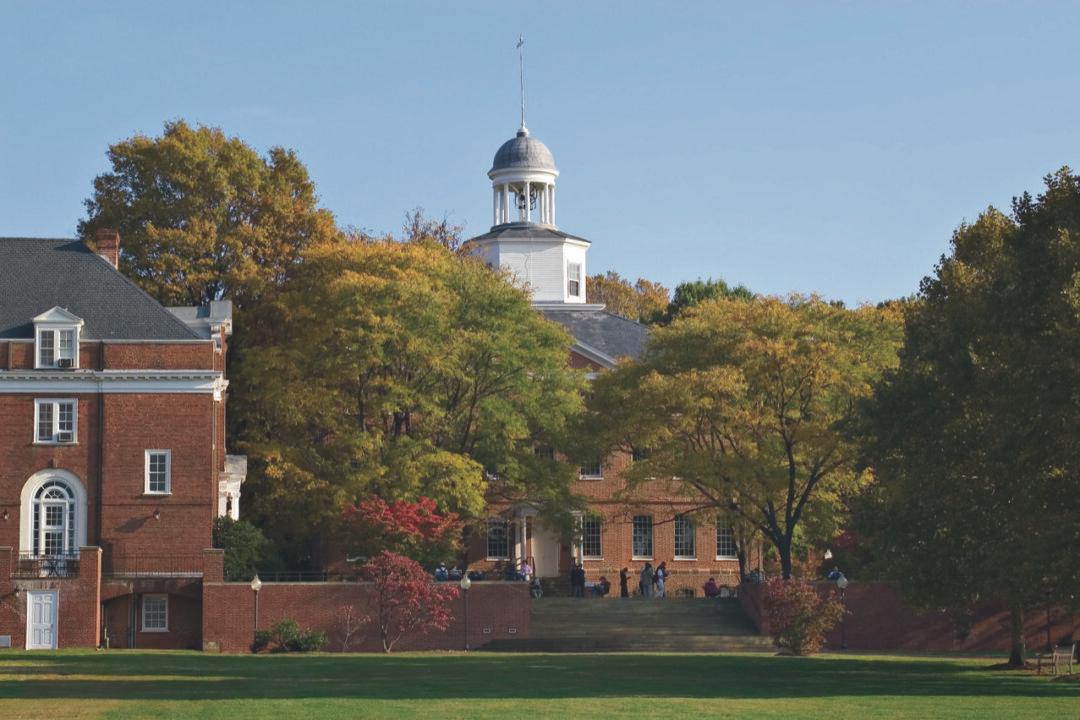It was Homer who drew Eva Brann into the classics for the first time, and now, even after more than 60 years of studying the poet every year, Brann is still brimming with enthusiasm.
“‘The Iliad’ and ‘The Odyssey’ are the first things our students read, and we’ve just finished ‘The Odyssey,’” Brann said, latching onto the topic immediately with highlights from one seminar class discussion. “I asked, ‘At what moment does Penelope recognize Odysseus?’ People have various opinions and it became a very interesting conversation. I have my own opinion about it—I think that she recognizes him even before he enters the palace. You may remember that the old dog recognizes him, there’s an old dog called Argus who recognizes Odysseus is there in the getup of a beggar and behaving as if he was a cripple.”





